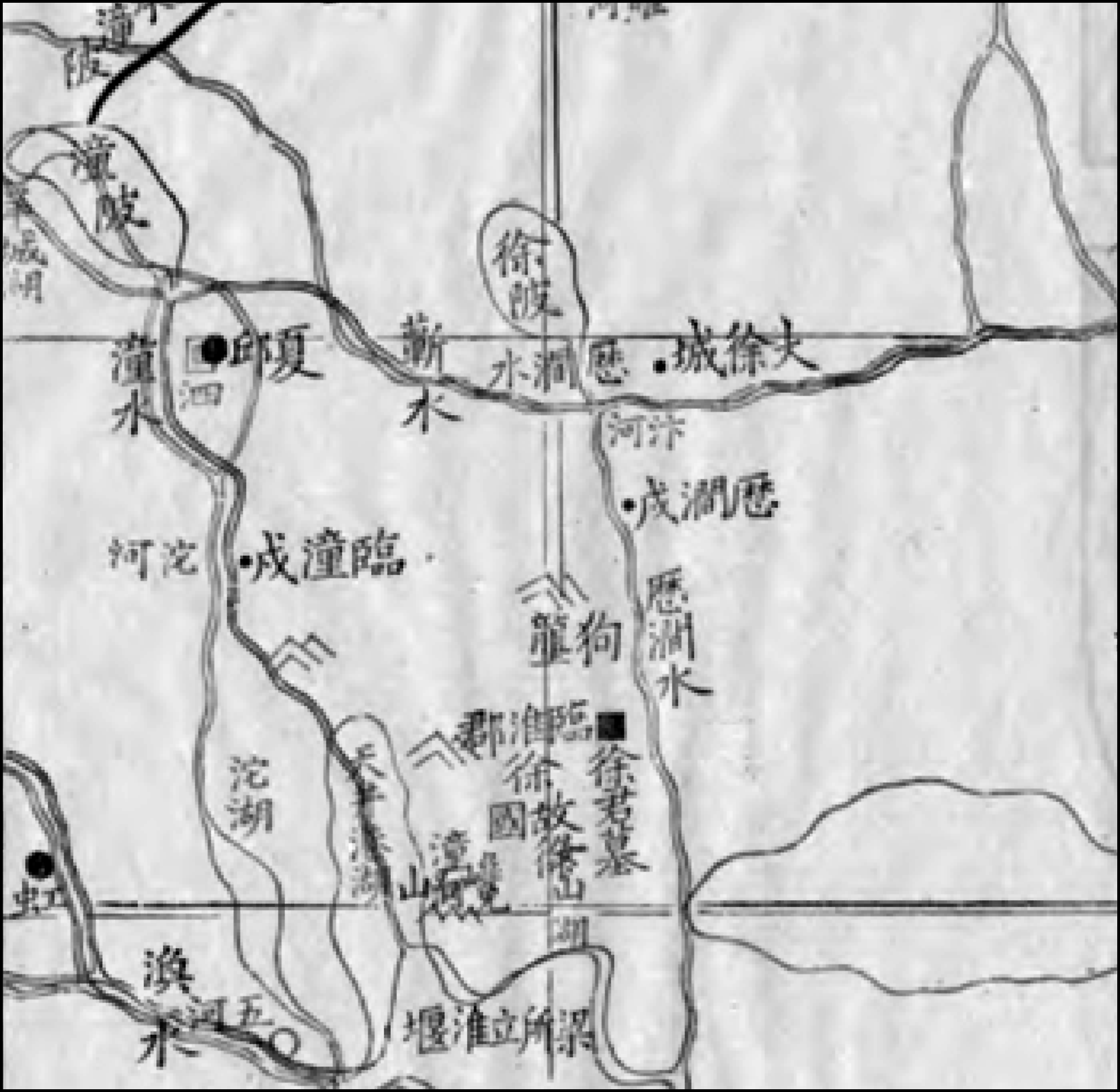

杜预释地与西晋郡县沿革考略
Du Yu’s Interpretation of Place Names and the Administrative Evolution of the Western Jin Dynasty’s Prefectures and Counties
Received date: 2023-03-20
Online published: 2025-03-21
熊少聪 . 杜预释地与西晋郡县沿革考略[J]. 历史地理研究, 2024 , 44(4) : 36 -45 . DOI: 10.20166/j.issn.2096-6822.L20230087
The Western Jin Dynasty’s prefectures and counties as recorded in Du Yu’s (杜预) Chunqiu Shili (《春秋释例》) and Chunqiu Jingzhuan Jijie (《春秋经传集解》) predominantly reflect the administrative divisions established at the outset of the Taishi (泰始) era. The incorporations in the provinces of Jingzhou (荆州), Yangzhou (扬州), and Xuzhou (徐州) partially include those from the Taikang (太康) era. By analyzing Du Yu’s interpretations of geographical locations, we can further investigate and supplement the historical evolution of the Western Jin Dynasty’s prefectures and counties. Connecting Du Yu’s geographical insights with the history of the Western Jin’s feudal system, it is inferred that the reassignment of Dongchaoyang (东朝阳) to Le’anguo (乐安国) and Xiaquyang (下曲阳) to Zhaoguo (赵国) occurred in the third year of the Xian Ning (咸宁) era, and that in the first year of Taikang, the establishment was of Linhuaijun (临淮郡), not Linhuaiguo (临淮国). Du Yu’s approach to explicating ancient place names within county jurisdictions reveals that Xuxian (徐县) was indeed abolished at the beginning of Taishi. During the Spring and Autumn Period, Loulin (娄林) was located east of the Xuguo’s (徐国) capital, dispelling previous misconceptions that placed it in the northwest. Following Du Yu’s methodical exposition of rivers and their paths through various jurisdictions, we can deduce the administrative evolution of counties such as Nandun (南顿), Ruo (鄀), Gaotang (高唐), and Chiping (茌平).

拙稿2022年6月撰成后,得马楠先生、计小豪兄、张琦兄等教正,匿名审稿专家亦惠赐不少修订意见。后又曾在2024年4月举办的“第六届禹贡青年沙龙年度会议”上报告,得杨智宇兄、樊泳泽兄评议指正。并致谢忱。
/
| 〈 |
|
〉 |